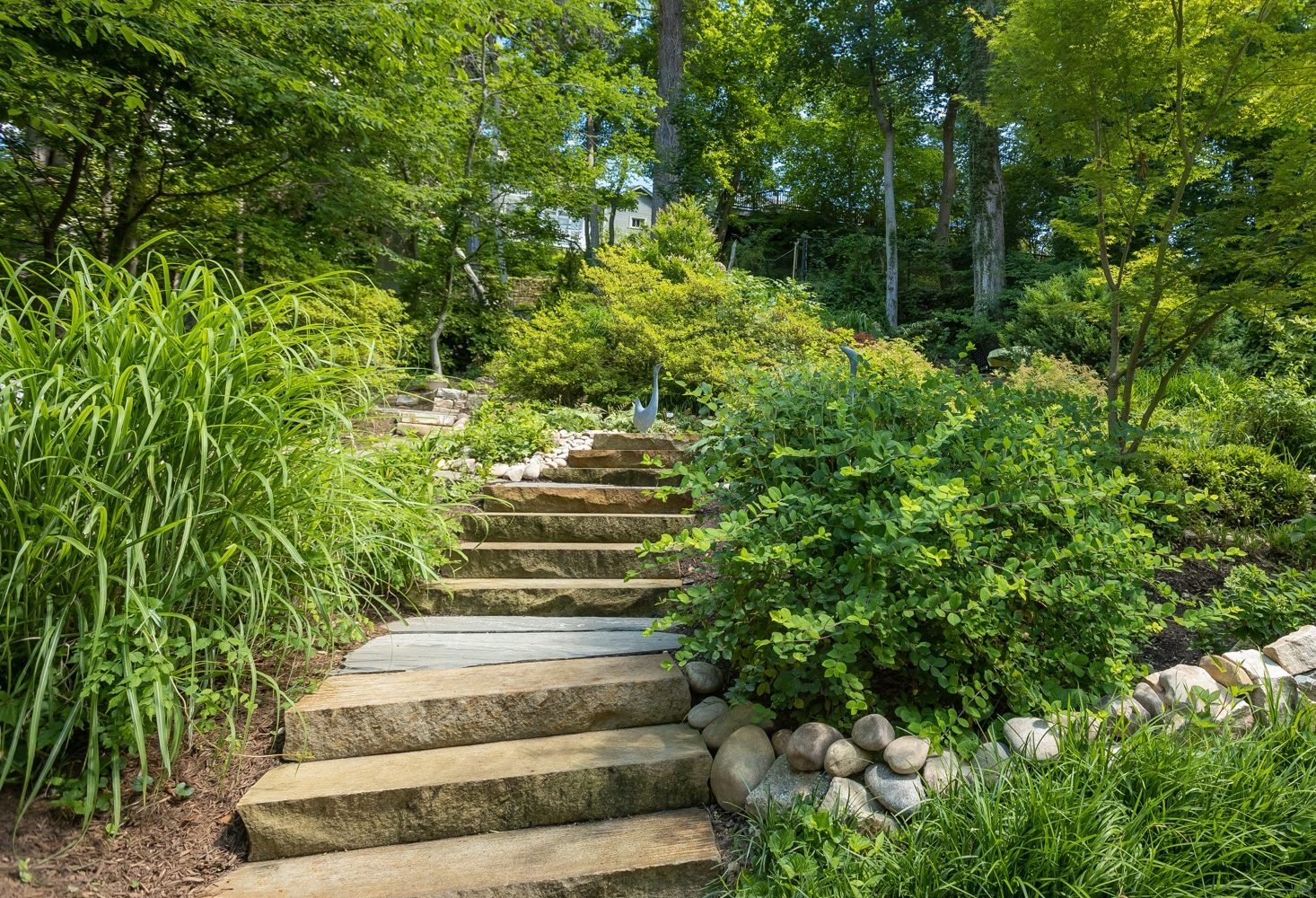About Coronavirus 2020
Washingtonian is keeping you up to date on the coronavirus around DC.
One idea that has taken root on social media as we all stock up on food: planting a vegetable “victory garden,” as our forebears did during the world wars. It’s not too late to start—and not hard, says Kathy Jentz, editor of Washington Gardener magazine.
The first step, she says, is to pick a flat, sunny spot for raised beds. Garden centers sell bed kits, soil, seeds, and seedlings. Many now invite you to order ahead and pick your purchase up at the curb. Some places, including Home Depot and Johnson’s Florist & Garden Centers, deliver. Don’t have a yard? You can plant in containers, using potting mix, or try for a plot in a community garden.
This time of year, you can plant seeds, Jentz says. She recommends seed packs from Botanical Interests, Renee’s Garden, Southern Exposure Seed Exchange, and Harvesting History. All offer online ordering but can also be found at area shops.
What to plant? These are Jentz’s easy-to-grow picks.
Radishes and Lettuces
“Those are two things I recommend for beginners,” Jentz says. Planted now, they’ll thrive until the weather turns hot. “Seed to table, you can be eating radishes in 45 days. You can plant another row or container every two weeks, so you’ll have a progression.”
Strawberries
“One of the best things is to get mail-order strawberry starts,” Jentz says. “Most strawberries will be June-bearing for our area.”
Tomatoes and Peppers
Once summer heat arrives in June, Jentz suggests planting pepper and tomato seedlings: “I’d select cherry-tomato varieties like Sungold. You might have 100 cherry tomatoes off one plant.”
Herbs
Basil is easy to grow from seed, Jentz says. So is dill: “Even if you’re not a fan of eating dill, it’s a great host plant for butterflies.”
Green Beans
“Those are super easy, too,” Jentz says. “You get a pack of seeds, make a trellis three feet high. In 60 days, you’ll be eating a lot of beans. Kentucky Wonder pole beans is a variety that’s popular. That’s your classic green bean.”
Cucumbers and Squash
These require room to grow, Jentz says. If you don’t have it, look for varieties designed for small or “patio” gardens or containers. Botanical Interests, for example, sells vegetable seeds meant for containers.





















